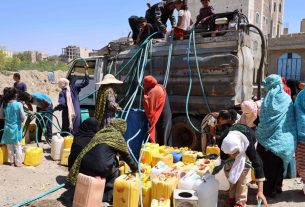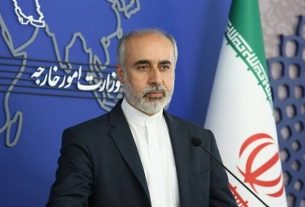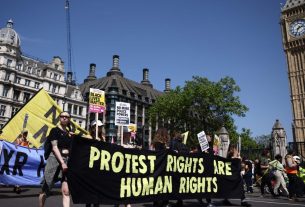The right to life is a fundamental human right enshrined under article 32 of the Constitution of Bangladesh. But this right requires other supplementary elements associated with it to be fulfilled, like a healthy environment. Due to rapid industrialisation in urban areas, the quality of air is however worsening now-a-days. Dhaka has recently been ranked 4th for having the worst air quality.
Anybody can now easily feel the air quality of any place. For example, Gazipur, a metropolitan city situated in Dhaka, is well-known for having many factories for ready-made garments, medicines, etc. While writing this piece, the Air Quality Index (AQI) of Gazipur was 8, indicating high percentage of PM 2.5 and PM 10, respectively, referring to ‘particulate matter less than 2.5 microns and 10 microns’. Not only this, even the quantity of Ozone was 154.04 micrograms per cubic meter. In 1979, the WHO registered the average natural concentrations of ground-level ozone as around 30-100 micrograms per cubic meter. Needless to say, the health impacts of these exposures are horrifying.
Article 18A of the Constitution of Bangladesh states that ‘the State shall endeavour to protect and improve the environment, and to preserve and safeguard the natural resources… for the present and future citizens.’ Though this fundamental principle of state policy is not judicially enforceable, the State has a moral obligation to respect this provision during administration. Further, article 32 upholds right to life. Right to healthy environment has been recognised as an element of right to life under article 32 in Dr. Mohiuddin Faruque v Government of Bangladesh (1996). Right to life has also been recognised by various international instruments including article 6 of the ICCPR. The continued pollution of the environment as a threat to human life has paved the way to use this right to life aspect in our country.
Apart from this, the 1972 Stockholm Declaration in its first principle states that, ‘[m]an has the fundamental right to freedom, equality and adequate conditions of life, in an environment of quality that permits a life of dignity and well-being’. Also, the Rio Declaration of 1992 reaffirmed this by enunciating that ‘human beings are at the center of concerns for sustainable development. They are entitled to a healthy and productive life in harmony with the nature’. Further, the right to a clean, healthy, and sustainable environment was declared an important human right by the United Nations Human Rights Council on October 8, 2021.
The severe river pollution caused by factories in the name of industrialisation is known to everyone but the slow poisoning happening through this process is still unnoticed or fundamentally ignored. Furthermore, these polluted areas are densely populated as well. If proper clinical tests are conducted on the inhabitants of these areas, we can perceive the actual scenario. Over the years, Bangladesh has adopted a number of laws to minimise pollution. What we now need is the proper administration of laws to protect natural environment and human beings.
The writer is a Law Graduate from the University of Dhaka.



